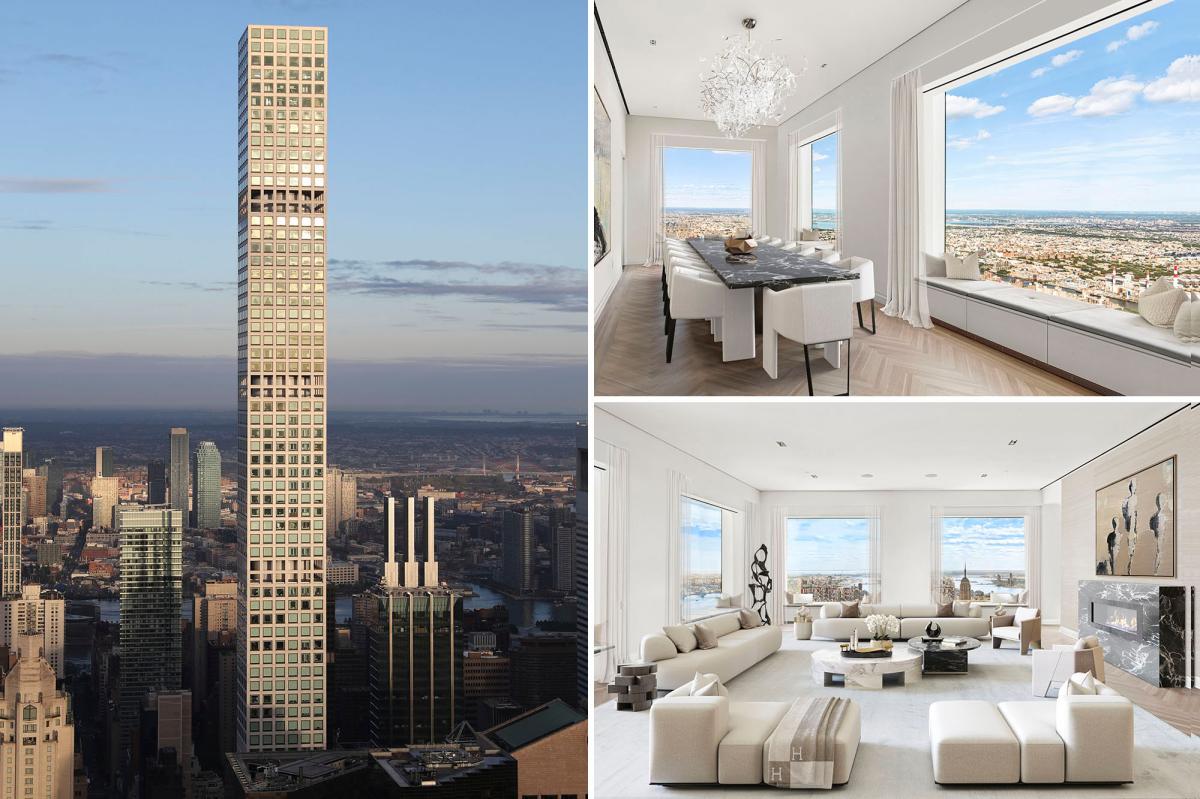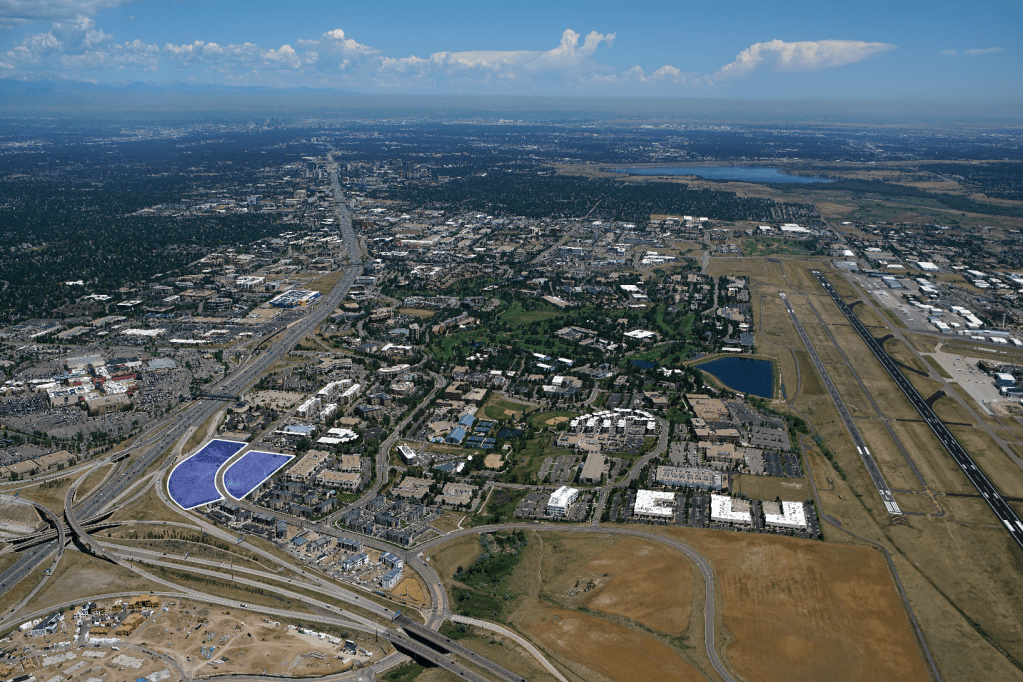R
ising housing costs have become the headline issue in New York City’s mayoral contest, yet the path forward remains hotly contested among officials and analysts.
A rent freeze appears at first glance to be a swift fix for affordability, but many experts argue it would ultimately stifle the city’s real‑estate engine. By locking rents in place, developers may be deterred from building new units, and the supply of affordable housing could shrink further. The result would be higher prices for non‑stabilized apartments and a deeper affordability gap.
During his campaign, Zohran Mamdani—self‑described democratic socialist and candidate for mayor—contended that over two million residents live in rent‑stabilized units that should serve as a safety net. He pledged to freeze rents for those tenants and to mobilize every tool available to expand affordable housing. His plan has drawn both support and criticism.
Shannon McGahn, chief advocacy officer for the National Association of Realtors, warned that rent freezes historically backfire. “Developers shy away from projects where future rents may be capped,” she said, noting the nation’s shortage of roughly five million units. “The real remedy is to build more homes, not to discourage the investment that creates them.”
Kenny Burgos, CEO of the New York Apartment Association, echoed this concern. “An investor or builder would be reluctant to develop in a city where the mayor threatens to cap revenue and repayment capacity,” he said. Burgos argued that a freeze would shift costs onto market‑rate tenants, effectively subsidizing the policy and reducing the incentive to construct new housing.
Business analyst Ed Elson, co‑host of the “Prof G Markets” podcast, explained that rents are set by supply and demand. “Increasing supply and encouraging construction is the only way to lower rents,” he said. “A freeze discourages building, which pushes prices higher elsewhere.” He dismissed the policy as a “too good to be true” solution that fails to address the root cause of the crisis.
Alex Armlovich, a senior housing policy analyst at the Niskanen Center and member of the New York City Rent Guidelines Board, expressed mixed feelings. He praised Mamdani’s goal of adding 200,000 subsidized units, noting it could complement the private market and raise vacancy rates—key to giving tenants bargaining power. Yet he cautioned that the freeze would not help the market‑rate tenants who bear the brunt of rising rents. “The real problem is the free‑market segment,” Armlovich said.
Burgos highlighted that the freeze targets about one million rent‑stabilized units, with a median rent near $1,500, according to the 2023 Housing and Vacancy Survey. He warned that a property owner with half of its units frozen would face higher operating costs—insurance, taxes, labor, fuel—that would be passed on to market‑rate tenants, effectively subsidizing the freeze.
Despite the debate, Mamdani remains in a commanding double‑digit lead over his rivals, according to recent polling. His message of affordability resonates with those most affected by extreme rents, but experts agree that without new construction and a focus on supply, the city’s low vacancy rates and rising landlord leverage will continue to drive market rents upward.














